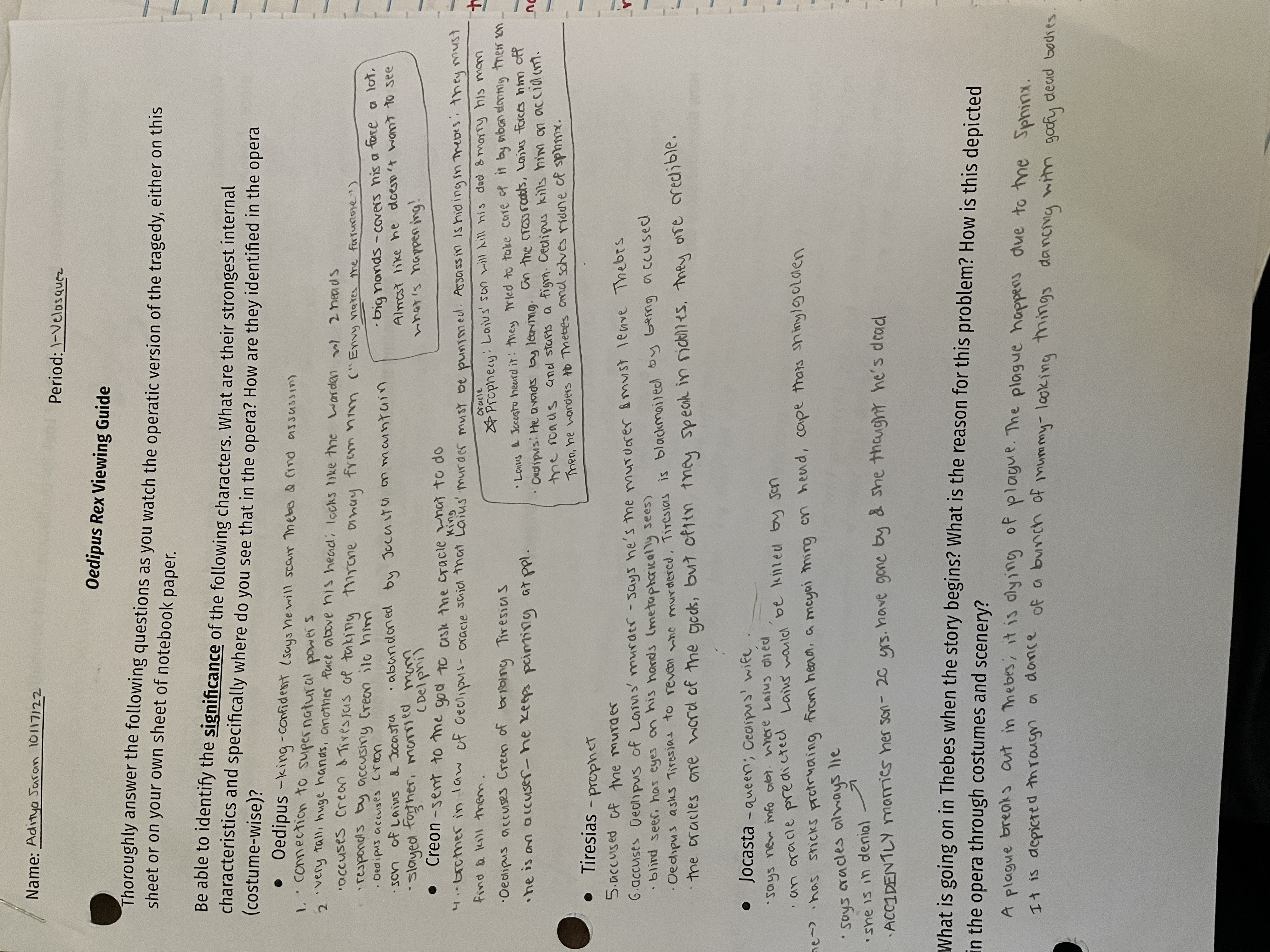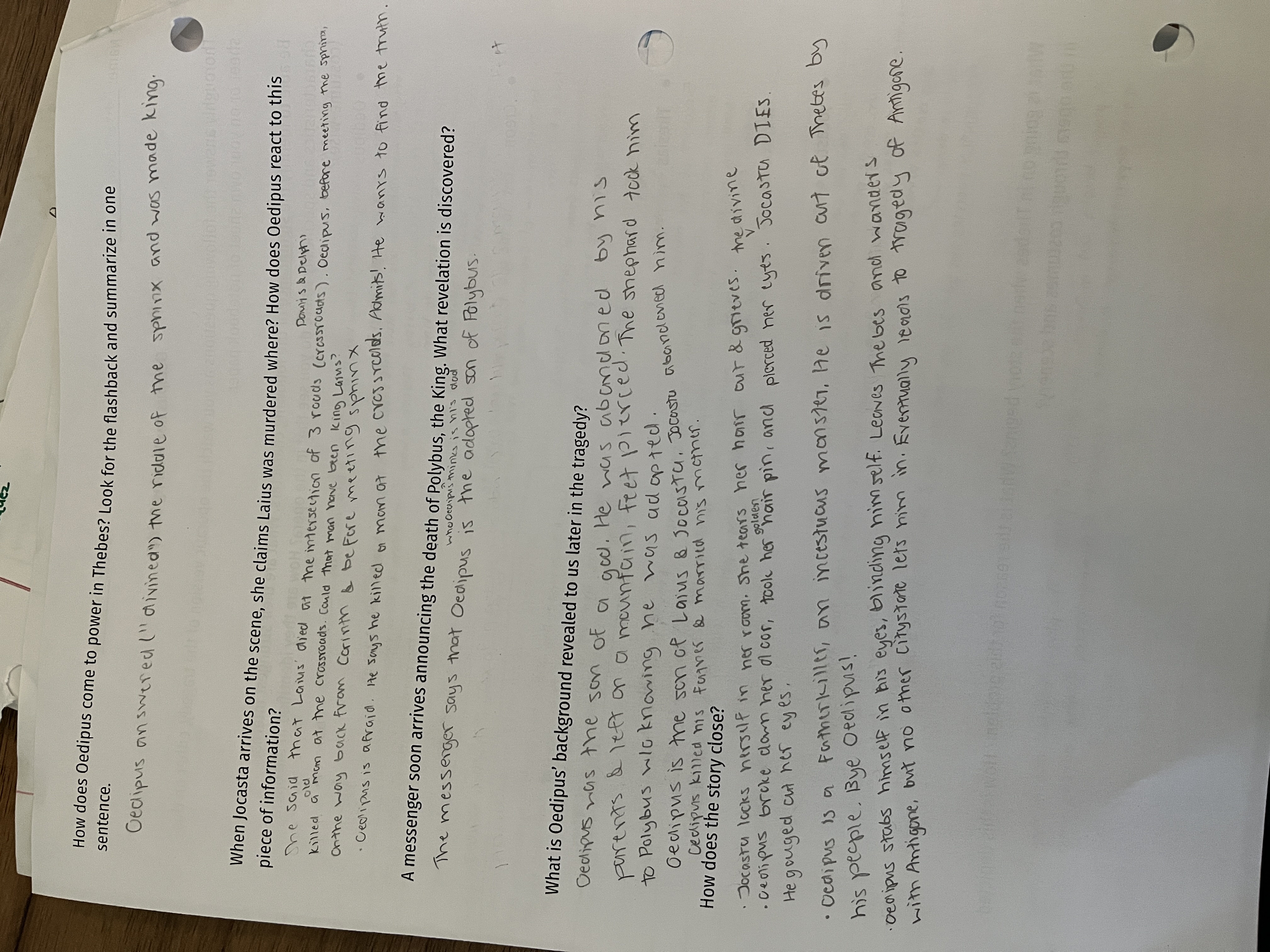Greece
Greek Art - Classical Ideal
arete - kind of like idealism- refers to extreme virtue in a person; max potential
- the potential of humanity, scientists, artists, leaders
nudity - showing the strength of the human body as nature’s creation
- more male nude than female nude statues
- ultimate form: ideal man is buff
3 Artistic Phases of Ancient Greek Sculpture:
Archaic (750-479 BCE)
- Egyptian statues; want to mimic Egypt because they’re so powerful
- Rigid, unnatural pose
- Archaic smile - creepy and odd half-smirk
- Terracotta Warriors shows China-Egypt contact
Classical (479-336 BCE)
Transition with Kritios Boy
Kritios Boy
- no archaic smile
- more realistic hair
- less rigid knee
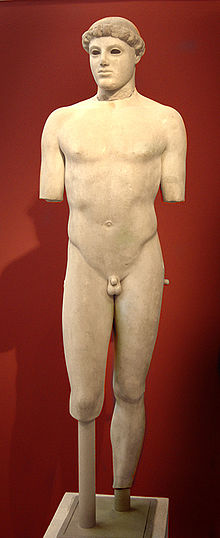
Cornerstones of classical period art
- Dynamic poses - doing stuff instead of just standing there
- Contrapposto - putting all weight on one leg and bending other (natural)
- More idealistic
- Lots of bronze statues melted down to make weapons
Discobolos (ca. 450 BCE)
- Very dynamic - throwing ball
- Competing in Olympics; ideal realism; showing off body
- Venus de Milo - ideal female form
Hellenistic Period
- Classical Greek + Persian + Egypt + India = Hellenistic CUlture
- Alexander the Great went and conquered everyone and left the Hellenistic kingdoms in his wake
- More complex sculptures (actions & poses)
- More detail
- More dramatic
American Ideal (fun activity)
- freedom, guns, guy in underwear, flag, eagle
HUM Reading Notes - Classical Style
The Classical Style - Driven by the quest for finding proportion in things
These ideas started the search for a CANON for determining physical proportion
- canon - set of rules
Artists fixed on a MODULE that governed the relationship between the parts of the art and its whole.
- module - standard of measurement
Greek Modules
- not absolute; varied
- Greek canon was flexible, unlike Egyptian canon
- Didn’t use a grid for the human body with fixed position for body parts
- Used symmetry (correspondence of opposite parts in size, shape, or position
Greek Canon
- thanks to Roman sources, we know a lot about it
- Ten Books on Architecture - by Vitruvius Pollio
- Genetic and structural principles used by Greece
- Construction of a building and relationship of its parts must imitate human body proportions
- Symbol of centrality for ideal proportions
Humanism, Realism, and Idealism
humanism - not only to observe human proportions, but also human actions
realism - faithful to nature, but refines nature with idealism
idealism - effort to achieve a perfection that surpasses nature
Vases
Geometric Period
- first 300 years of Greek art; 1200-700 BCE (ca)
- Angular figures and complex geometric patterns to enhance the shape of the vase
- krater - ancient Greek vessel for diluting wine with water (looks like pot with handles)
Archaic Period
- 700-480 BCE (ca)
- Scenes from mythology, literature, and everyday life in the central part of the vase
- Shows the fun parts of Greek life
- flat, black figures represent the abstract shapes that ornament the rim, handle, and foot of the vessel
Classical Period
- 480-323 BCE
- replaces the black-figure style where the human body was left the color of the clay and the ground was painted black
- positioned figures and objects to complement shape of vessel
- new red-figured style; physical detail that artists might add to make humans look more life-like
- lifelike figures - figures poised naturally, even if side-by-side and flat
Aesthetic Idealism
Realism has taken over the decorative aspect of Geometric & Archaic Styles
- Socrates’ idealizing process - The art is lifelike, but they wish to improve or perfect reality
- Reach beyond the flawed world by selecting and combining the best details in many models
- Simplify subject matter
- Free it of incidental detail
- Use proportion canon
- Surpass the imperfect and transient objects of sensory experience
Greek Sculpture
Archaic Period (700 - 480 BCE)
- Natural beauty of the body
- Free-standing Greek sculptures paid homage to the Gods
- Regard for the body as nature’s perfect creation
- Balanced real and ideal
- Archaic blissful smile - shows optimism of early Greeks
- Semiprecious stones within the eyes of sculptures, making their eyes more realistic
Classical Period (480-323 BCE)
- Kritios Boy
- natural posing that defines classical period had been achieved
- muscles protrude; figure now solemn
- Doryphorus; made by Polycleitus; perfection, ideal body proportions
Male & Female Classical Ideal
- statues with ideal body physique can make it hard to tell between man and God
- Greek and Roman sculptures often made copies of bronze statues in marble
- Evolution of the Kore (Female Figure)
- Fully clothed at first, not naked until 4th century BCE
- In archaic period, they were ornamental, columnar, smiling
- In late classical period, sculptures portrayed them as nude
- Inspired Hellenistic, Roman, and Rennaissance artists
- Aphrodite of Knidos: established model for ideal nude female
- Praxelite’s Goddess of Love: romans say its the best statue in the world (fr)
Main Takeaway: The Late Classical Age defined the standard of beauty in western art for centuries: the ideal figure isn’t very old or young, thin or fat, it is FLAWLESS.
Greek Architectural Styles
Post and Lintel
Two posts hold up a third thing lintel laid horizontally across the posts
As simple as it gets
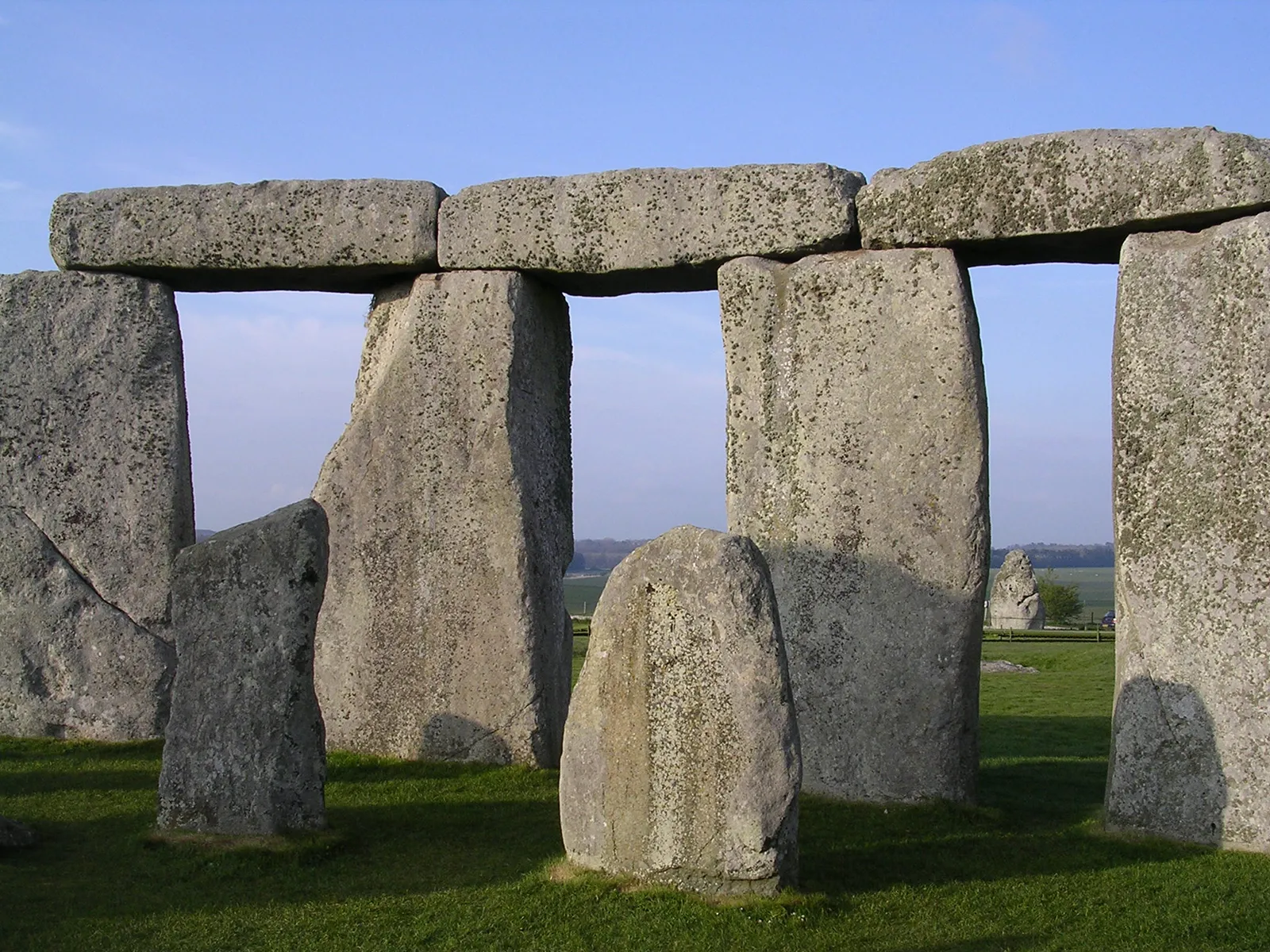
Structural openings we see today evolved from this system
Only seen purely in framed structures because posts are usually a part of the wall
Examples: Arches, Vaults, Dome, Truss, Framed Structure
- Arch of Constantine
- Barrel vaults are just deep 3D arches
Columns
Order - basic style of a classical temple/column
Greek Column Orders

How do I remember?
- Doric - boring
- Ionic - idk why but I associate ion with circular
- Corinthian - the one that looks fancy
Doric columns - no base, fluted shaft, horizontal piece resting on the column is plain
Ionic columns - has a base, standard classical column, ends and begins with a thick beat (torus)
Corinthian - variation of ionic, mainly different column capital with miniature volutes and staggard rows of acantrus leaves
- Romans like this; not really used by Greeks
Parts of a Column
Raking cornice - it goes around the pediment- frames the top part of the structure
Capital - the part that supports the horizontal beam laid across the columns
Column - what the horizontal beam (lintel) rests on
Pediment - has a lot of sculpture, formed by the raking cornice and the horizontal cornice below
Cornice - the top part of a classical lintel
Triglyph - the side parts of the frieze (the part in between the lintel and the cornice)
Metope - one of the panels in between the triglyphs- sometimes has cool designs on it
Architrave - lowest part of the lintel- it’s right on top of the columns
Frieze - middle part of the lintel
- Base - the bottom of the column
- Stylobate - what the base rests on (the top step)

CBG’s Greek Architecture Lecture
- acropolis - highest point in a city; lots of activity here
- markets, etc
- Greece was very mountainous
- Doric - flat, practical capitals
- Ionic - volutes
- Corinthian - leafy
- As they evolve, they gain syllables!
Parthenon
Temple to Athena (located in Athens)
values of Athena - the arts, battle, purity
Symmetry: y = 2x + 1
plays tricks on your eyes
the gods in the cella are huge
- melted down jewels in their eyes
- doric columns
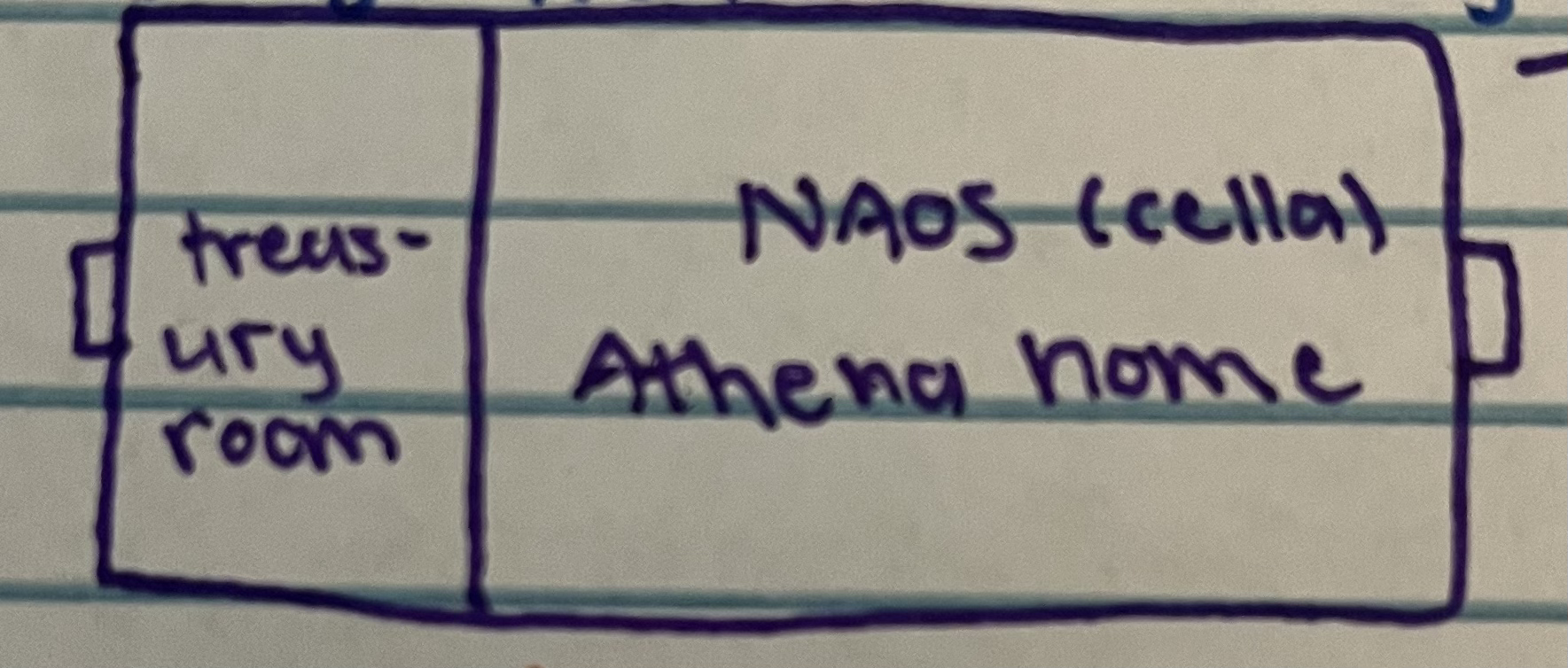
nike - victory
people would go to the Parthenon if they were under attack
caryatids - columns, but in the shape of women
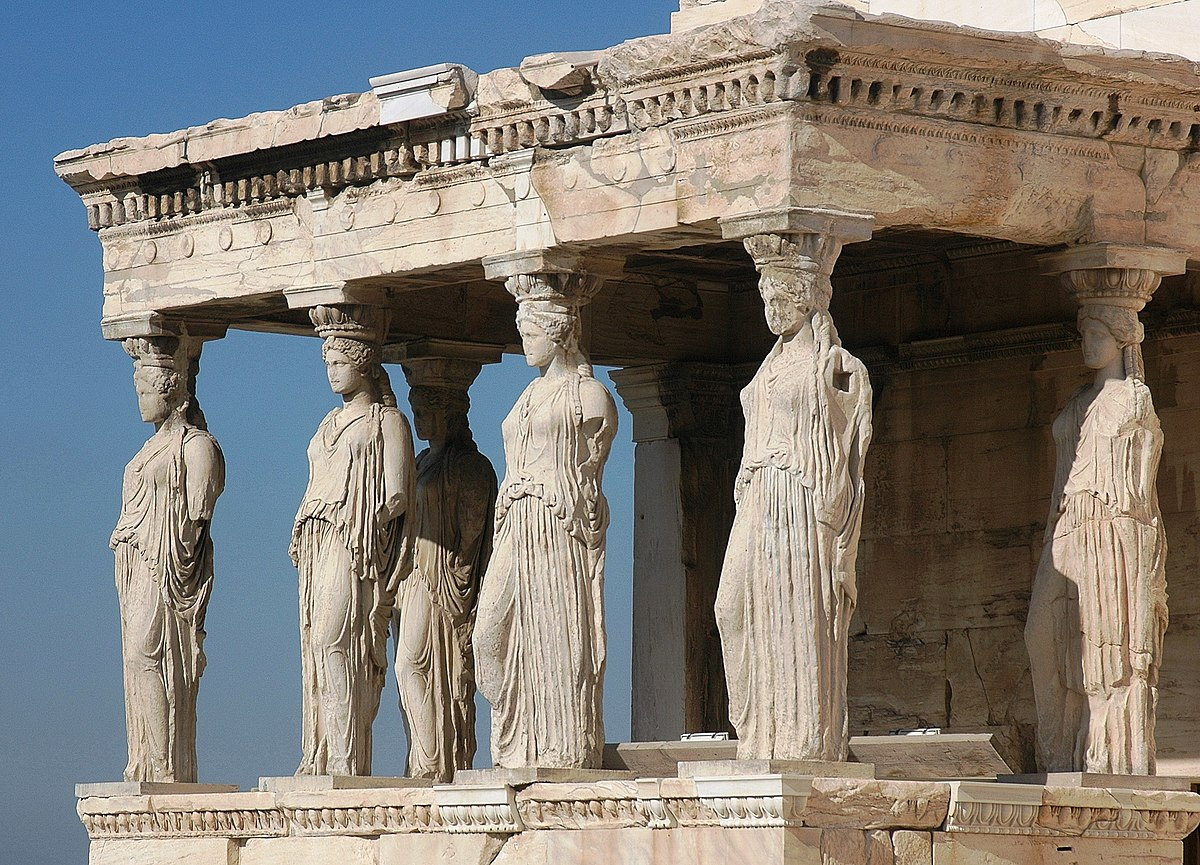
Agora
Marketplace.
stoa - open place where you buy stuff; city meets
people would be meeting with Scorates here
Values Depicted
- community is important
- polis - city in Greek.
- Togetherness of polis is important (politics lol)
- Male citizens of a certain age can vote- votes happened in the agora
- Abilities are important
- Building with modern technology
- Religious - spending money on religious stuff
- Amphitheaters - Greek tragedy where people experience the catharsis of their emotions…
- BRINGS US TO OUR NEXT SECTION!!!!
Greek Philosophy
The Allegory of the Cave
TED-ED Video (this one is kinda mid)
[Better Video Explaining This]()
Setting
how far our nature is unenlightened or enlightened
A cave with an open mouth. Light reaches all along the cave
People are chained up. They can’t turn their heads.
- A fire is behind these people. The only thing the prisoners can see is the shadows cast by the fire
- Low wall built like the screen puppets use
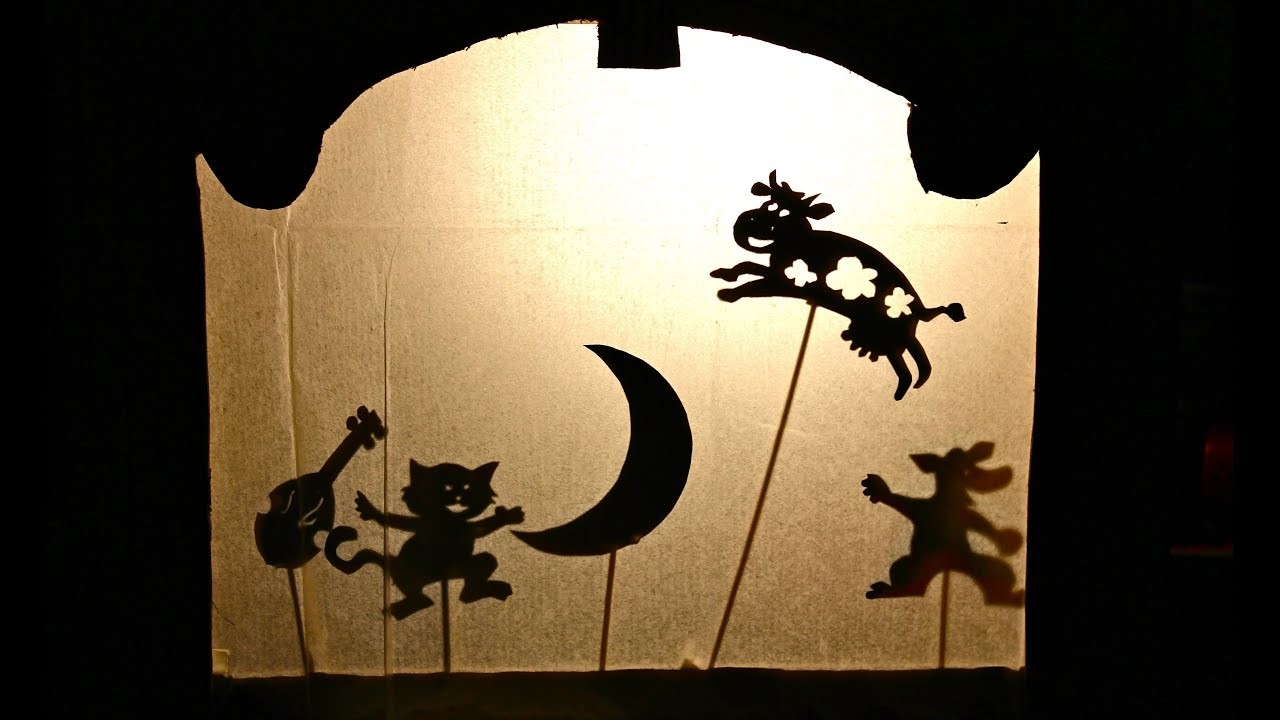
- Men carrying all sorts of things: vessels, statues, figures of animals made out of wood & stone & various materials, which appear on wall as shadows
- They are naming what they see
- If one of the passerby’s were to speak, they’d think that it came from the shadows
To them, the reality is the shadows they see. Crazy!
What happens when a prisoner is released?
The perception of a new reality
What happens?
They stand up and walk to the entrance of the cave.
The prisoner is unable to look at the Sun at first; their eyes would not be used to the intense light
- The light blinds their eyes and they have to look away
Soon enough, their eyes adjust and they accustom to their new perception of reality
The prisoner comes back into the cave and shares the reality they just saw with the others.
- If they tried to loosen someone else and bring them out, they would be put to death!
So what does all of this mean?
- prison house - world of sight
- light of fire - Sun
- journey upwards - ascent of the soul into the intellectual world
- idea of good - appears last of all, and can only be seen with an effort
- universal author of all things beautiful and right
- immediate source of reason and truth in a person
- people who attain this good don’t want to descend to regular human affairs
Enlightenment
The confusions of the eye come from going into and coming out of the light.
Non-Philosopher Educators
Plato says they must be wrong when they say they can put sight into blind eyes
- the power of capacity of learning already exists in the soul; you need to move your whole soul
- some art can lead you away from the truth
- other virtues are not present from birth, but with habit and exercise, they can be implanted
- wisdom is innate, but only once we convert and get enlightened is it useful
Societal Message
- the following would make bad heads of state
- the uneducated - they have no aim that is the rule of their actions
- uninformed of truth - only act on impulse
- philosophers must force the smartest people to get the knowledge that we’ve shown to be the greatest
- they must keep ascending until they arrive at the good
- Philosophers
- Rather would not involve in politics because they grow up on their own accord and the government would rather not have them
- Won’t show gratitude for a culture they never received
- Self-taught
- In the world to educate other people
- If you are enlightened, go down in the dark and get a habit of seeing in the dark.
- You will see much better than the other people because you’ve seen the beauty already
- They look down on politics; true philosophy is turning around of a soul passing from a day which is a little better than night to true day of being
Meaning of the Allegory Metaphor
- Us - people chained up
- Chains - our ignorance
- Shadow casters - politicians, corporations, media, etc. people controlling the masses
- Statues - truth behind lies of what it’s trying to mimic
- shadow - how we see it propagated in our world
- real statue - the truth
- shadow - information being presented that lets us tell if it’s real or not
- breaking the chains and turning around - us realizing we’re being manipulated
- climbing out - process of realizing there are greater truths beyond the cave
- getting out - seeing not only what’s real and fake, but also most logical
- The way to escape the cave is by using our reason and putting away our irrational hungers and emotions to do so. We can usurp the shadowcasters and put ones that better resemble reality in their place.
Greek Philosophers
Socrates, Plato, and Aristotle (SPA)
- Plato was Socrates’ student; he wrote down most of his teachings
Plato
- World of Forms
- We have the perfect example of love, friendship, governments
- Perfect world that philosophers have access to
- Find it with meditation and philosophy
- They need to see the perfect world and show it to us
- We have bad representations on our cave walls, what we do is a knockoff of the real thing
- Socrates is tried and convicted for poisoning the minds of the youth
- Given choice of death or exile - picks death
- Tried to undermine the status quo
Aristotle
- “The Master” or “The Philosopher”
- Arguably most influential philosopher
- peripatetics - “the wanderers” people who followed Aristotle as he walked around
- founded a school called the Lyceum - teachings are mostly lecture notes
- fascinated by how many things actually work
- 4 questions
- What makes people happy?
- Successful people have distinct virtues
- Every virtue is in the middle of 2 vices (immoral behavior)
- Golden mean - virtue occupying middle of 2 vices
- People who lack virtue need better teachers
- What is art for?
- Most art at the time was tragedy
- Peripeteia - change in fortune
- anagnorsis - dramatic revelation
- What is tragedy for?
- catharsis - cleaning of bad stuff (like our emotions and confusions)
- terrible things can happen to good people
- we need to be more compassionate- art puts this idea in our minds
- What are friends for?
- The best part of life!
- 3 kinds of friendship
- When each person is seeking fun for each other’s own pleasure
- Strategic acquaintances - business partners
- True friend - someone you care about as much as yourself
- makes you vulnerable but strengthening too
- How can ideas cut through in a busy world?
- Many public decisions were made in the agora (town square) in Athens
- Observed how people were influenced by factors that weren’t by logic or with facts of the case
- Many people including Plato couldn’t stand it
- Invented art of rhetoric (art of getting people to agree with you)
- Humor, soothe people’s fears, examples, keep it short because attention spans are short
- Logic, pathos, ethos
Rhetorical Appeals
Ethos
Ethical appeal, convince an audience of the author’s credibility or character.
- to show an author that he is worth listening to
- Example
- A doctor
- “You know me, I’ve babysat your children…”
Pathos
Emotional appeal, persuade an audience by appealing to their emotions.
- Invoke sympathy from an audience (make them feel what you’re fealing)
- Draw pity or inspire action
- Example
- “I’m not just invested in this community - I love every building, every business, every hard-working member of this town.”
Logos
Appeal to logic, convince an audience by use of logic or reason
- Citing facts and statistics, using historic and literal analogies, or citing respected authorities on a subject
- Examples
- “More than 100 peer-reviewed studies show…”
Monologue
Speech given by a single character in order to express his or her collection of thoughts and ideas aloud.
- Speaker is revealing their thoughts to the audience or to another character(s)
Greek Drama & Tragedy
Vocabulary
- chorus - a homogenous, non-individualized group of performers who comment with a collective voice on the dramatic action
- hamartia - the tragic hero undergoes great pain and suffering because he/she makes a mistake in judgment (miscalculation) or has a tragic flaw
- anagnorsis - the point in the plot especially of a tragedy at which the protagonist recognizes his or some character’s true identity or discovers the true nature of his/her own situation
- hubris - an excessive pride (or “overweening” pride) and is often called the “price that comes before the fall”
- tragic figure - a male character, usually a noble, who suffers a reversal of fortune
- experiences a downfall as a result of his hubris
- they need to be somewhat good, not wicked because they fall
- high → fall → low
- watch them fall to experience pity and fear
Three Great Playwrights: Aeschylus, Sophocles, and Euripides
Aeschylus
“Father of Tragedy”
- wrote up to 90 plays, most famous is Prometheus Bound
- tells myth of the titan punished by Zeus for giving humanity fire
Sophocles
- Wrote Oedipus the King (Oedipus Rex) which was impressive
- Used dramatic devices well
- Philosophy: the dead control and affect our life
- Natural forces are destricture in Greek tragedy
- Pioneered introduction of a third character to create depth to his characters
Euripides
- Innovations: clever dialogues, fine choral lyrics, and a gritty realism
- wrote the ode for the olympics games
- Heavily disliked and was exiled from Athens (people cheered as he was exiled)
- This is because he alienated women and people disliked the new realism he brought to theatre (showing kings as people with human weaknesses, for example)
Aristotle on Greek Drama
Principles of a Good Play
- unities of action, time, and place
- unity of action - no substories; one play
- unity of time - less than 24 hours long
- unity of place - happens in one place
- We want to experience PITY AND FEAR to experience the catharsis of these actions
- You have a bad day, you go home and your little brother spills apple juice on your homework and you deliver a swift uppercut to his jaw
- You haven’t been able to release your emotions and now you’re channeling your anger at him
Introduction to Greek Theatre Video Notes
Festival of Dionysis
- Dionysus - God of wine, ritual madness, and ecstasy
- Annual in March/April
- Massive event; each of the 3 playwrites competes and is sponsored by a rich man
- Jury picks a winner and their name is inscribed on the wall of the theatre
- Done for glory, not money
Tragedy
- beautiful characters with exquisite masks
- after each 3 tragedies on each day there was satyr
- Mythical beast (half man half ghost)
- Very rude
- Comedy
Comedy
- low class characters, ugly characters; funny
- 3 tragedy playwrights
- 1 comedian poet: Aristophanes
Theatre
- Open air and built into side of a hill
- Semi-circle, flat play area
- Helps enhance connection to audience
Masks
- it was a religious ritual and they did it as part of worshipping dionysus
- only 3 performers, so it let you change characters
- important to plays
Chorus
- 2 fundamental purposes
- Fun - chorus was very exciting
- Community - represent minute background characters
- something missing from later types of theatre
Takeaway: Greek theatre is at the soul and beginnings of modern contemporary drama.
Oedipus Rex
